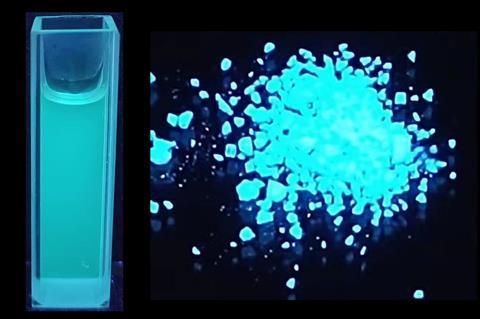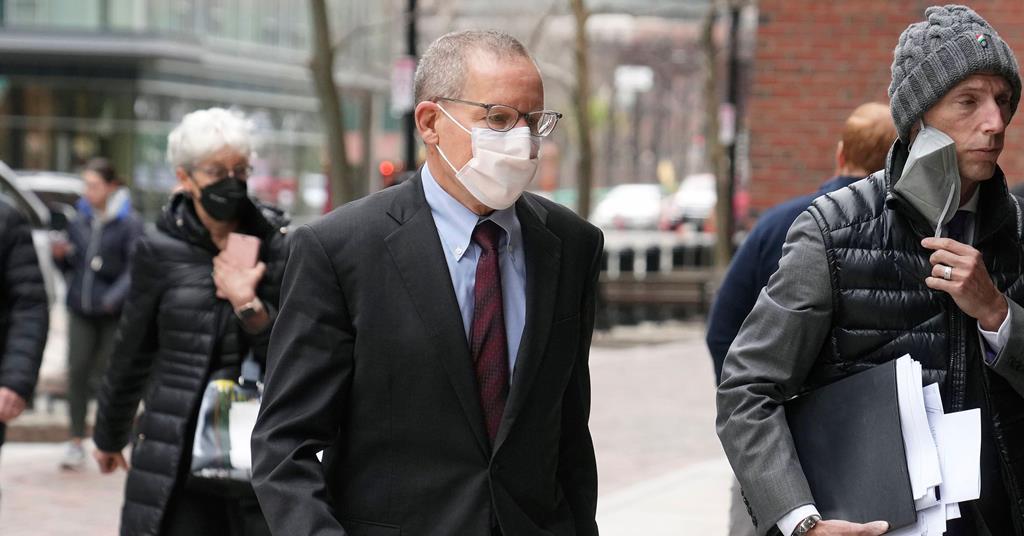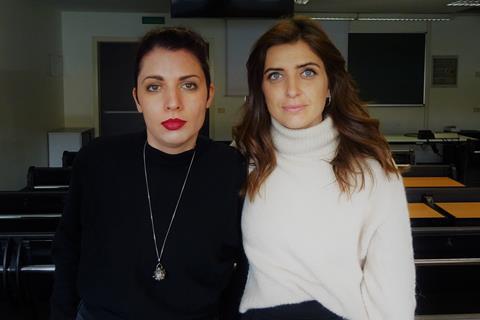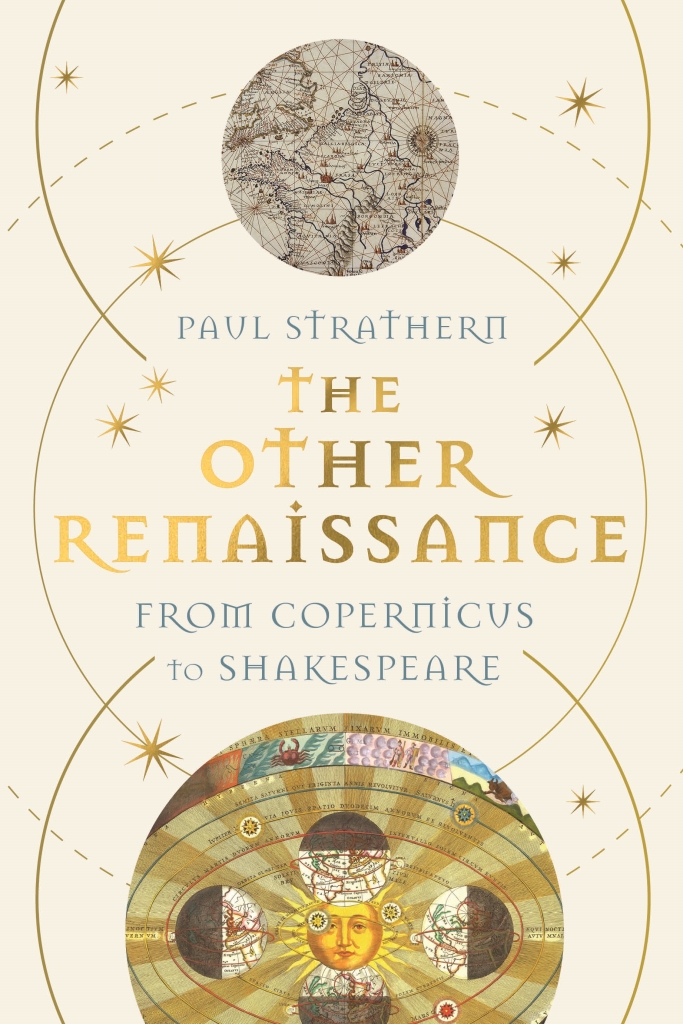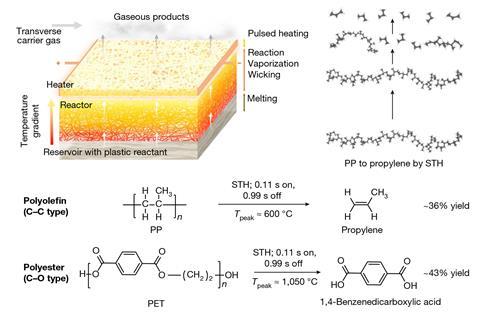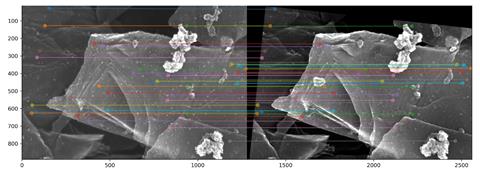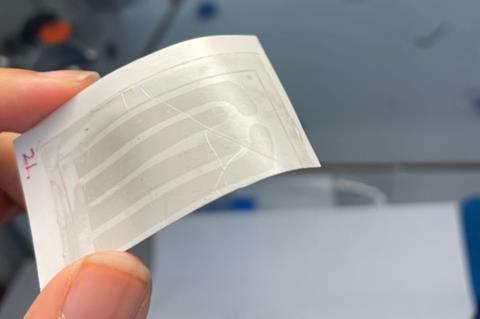Two coumarin compounds with nearly identical structures but contrary fluorescent properties have been isolated from the orange climber plant. One may find use in biomedical imaging due to its unconventional behaviour when aggregated in solutions. Many traditional fluorescent molecules do not emit light when in solid forms. But aggregation-induced emission (AIE) luminogens show the opposite […]
Read More